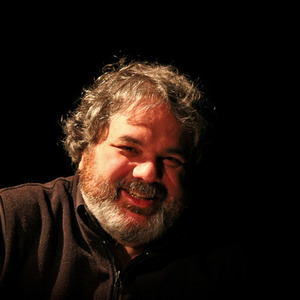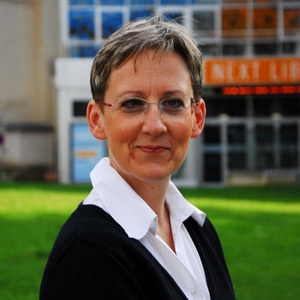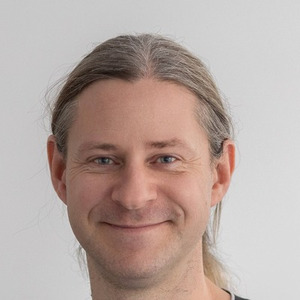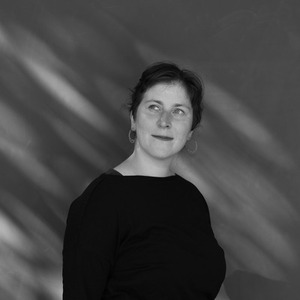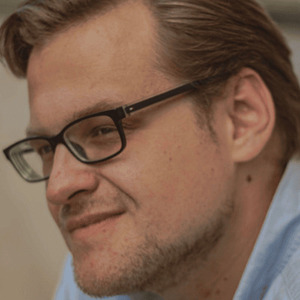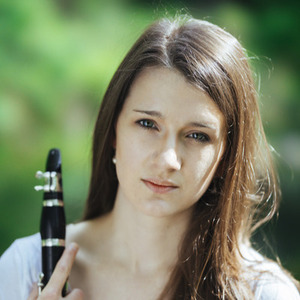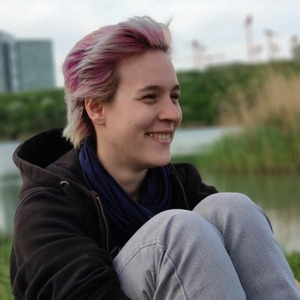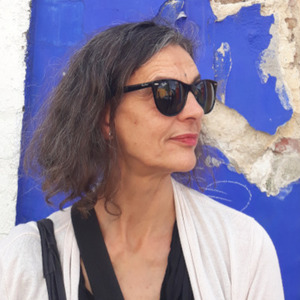Sound as Score
Sound as Score (SaS) Abstract
Wider arts-based research context:
In the 1950s Schaeffer assembled the Groupe de recherches musicales (GRM) to create a catalog of sound objects and their specifications, the so-called solfège. The outcome of this groundbreaking research, gives rise to new thinking about compositional methods with a focus on the medium of sound and listening. Continuing technological progress allows electronic music composers to use the medium sound, as opposed to writing, as a process-oriented score for musicians.
Objectives:
SaS aims at understanding how sound scores are perceived and interpreted by the musician. SaS will provide insights into the specifications of composing, interpreting, and evaluating audio scores, as well as implementing them into a common canon of compositional techniques. Methods:
We will announce an open call for compositions based on an audio score to create an international audio score map. The compositions based on a live-generated audio score will be developed together with psychoacousticians to better understand the requirements of timing, pitch, and spectral analyses. The psychoacoustic analysis will identify distinct percepts that are representative of the work by applying models and analyzing recorded material of the new compositions (the sound score and its interpretation). We will create a composition laboratory to provide a platform for compositional experimentation with audio scores and its interpretation, a space for interrogation into the methods and concepts underlying these audio scores and a forum for analyses and debate around the concept of mimesis as it applies to the perspectives of composers and performers. The aesthetic analysis will contextualize the use of audio scores in order to develop the theoretical basis for the aesthetic assessment of the artistic work in general.
Level of innovation:
SaS will create awareness as to who around this globe is working with audio scores and what their compositional approaches are. In SaS, the invited composers will work in close collaboration with experienced researchers from the field of psychoacoustics and musicology. This innovative collaboration is mutual because the psychoacousticians and musicologists will also learn from music composers and discover art-based needs in psychoacoustics and musicology. SaS will thus develop an enriching encounter of theoretical and artistic concerns.
Primary staff involved in the project
E. Schimana (composer), S. Kogler (musicologist), P. Majdak (psychoacoustician)
